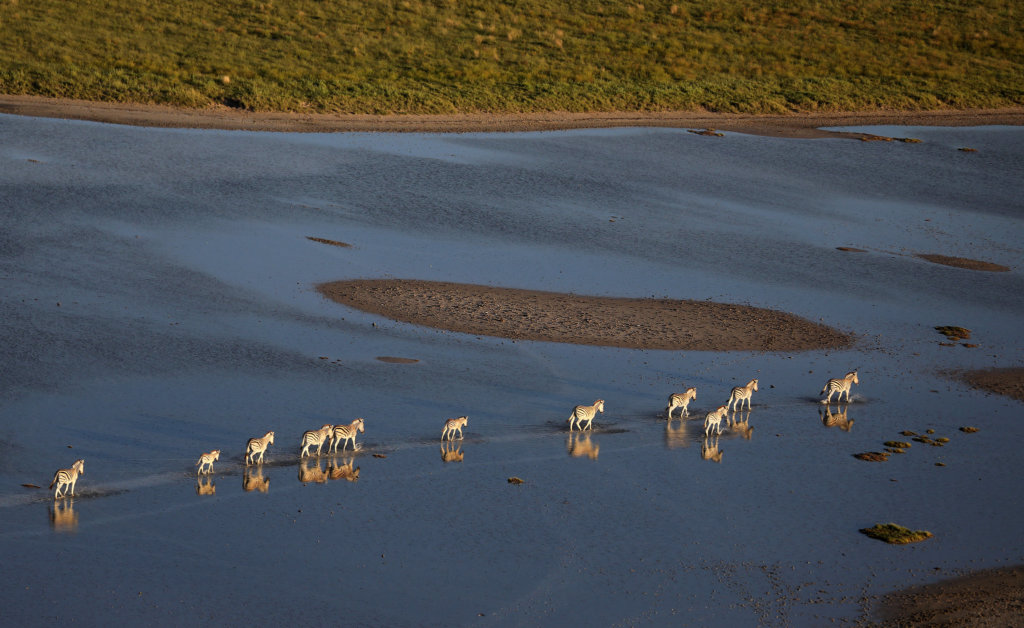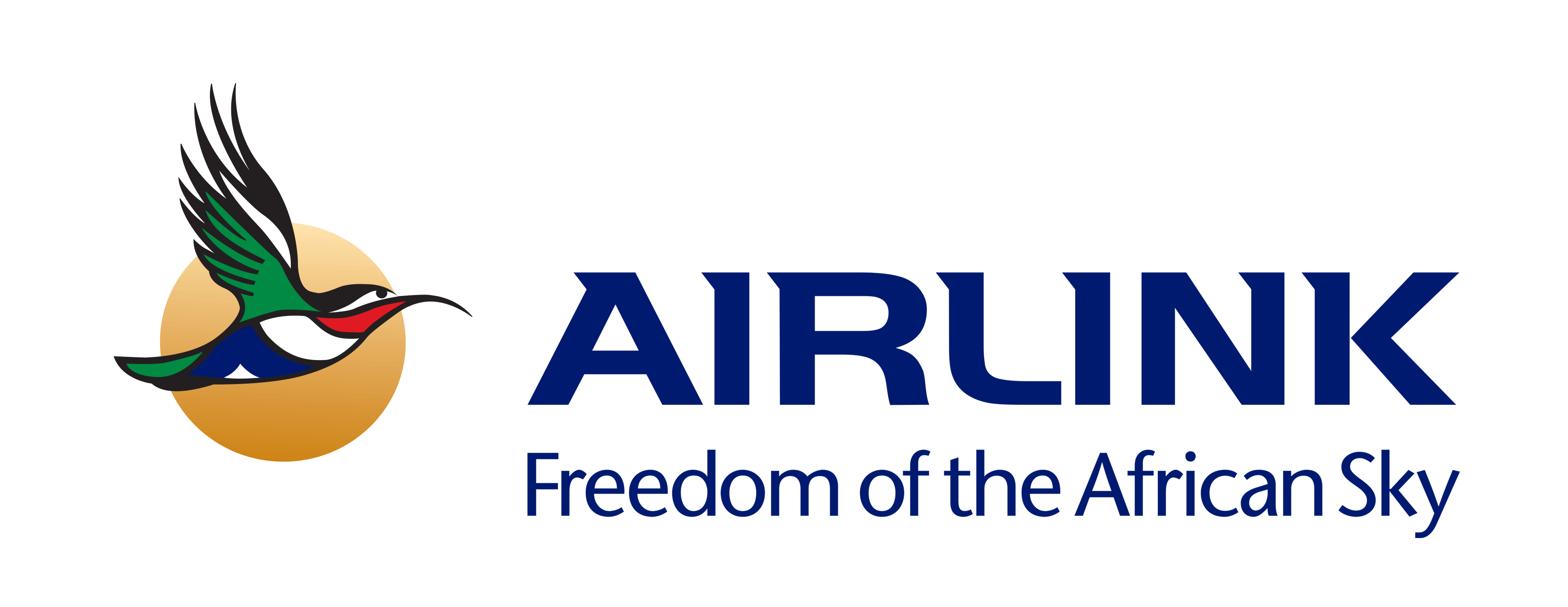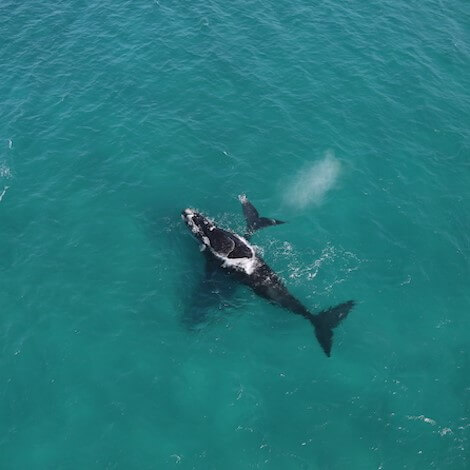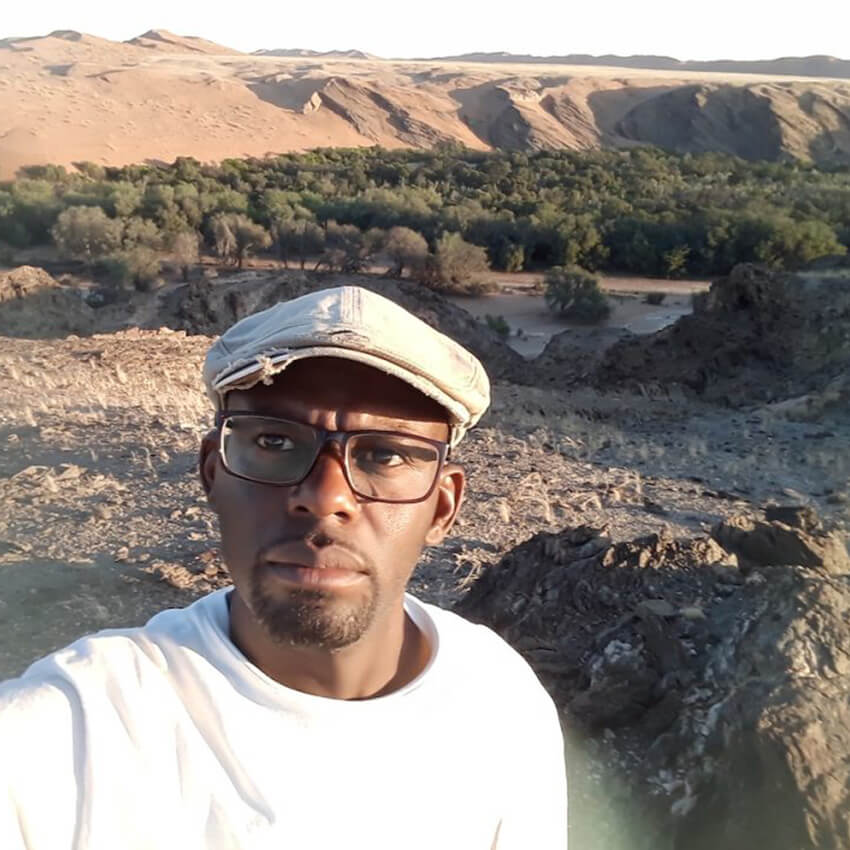Active
Popular
Botswana’s Zebra Migration – An Historic Journey
 Pru Allison
Pru Allison
 April 25, 2022
April 25, 2022
There’s a game that wildlife enthusiasts love to play. Whether in cities or concessions, biologists, guides and most of the team here at Natural Selection tend to contemplate life back when animals were free to roam, treading the same paths as generations before them. One of our primary conservation initiatives since our inception has been to re-establish these wildlife corridors.

Migration is one of the most intrinsic animal behaviours but it’s sadly been blocked by human development. East Africa’s might be the most famous, but right here in Botswana, where time virtually stops and it’s incredibly easy to imagine life 100 years ago, we’ve been working hard to reopen historic routes.

We support the work of Round River Conservation, who liaise with local communities to ensure that they’re benefitting from the presence of animals as the wildlife corridors are unlocked. Together, we’ve been able to re-establish historic zebra and wildebeest migration routes that have become a famous spectacle for guests at our Makgadikgadi camps.

Fences were erected across northern Botswana to accommodate European standards of beef production from the 1950s onwards. Known as veterinary fences, they interrupted the migratory routes, bringing the annual journeys to an abrupt end and trapping large numbers of animals, who lost their lives.

“Based on anecdotal evidence before fences were erected, it was probably as big, if not bigger than the Serengeti migration, which is over a million wildebeest and 300,000 zebra,” explains Dennis Sizemore of Round River Conservation. “What’s fascinating is that, with the removal or disrepair of the fences, the zebras and a few wildebeest have started moving again, even though they hadn’t been able to migrate for 40 years. Now the zebra migration from Chobe down to Nxai Pan is the longest land mammal migration on the continent, over 500 kilometres.”

For ecosystems, the migrations can be fruitful, bringing enormous value to the environment. The increase of zebras through the Makgadikgadi for example, has led to an increase in dung beetles, which in turn leads to more meerkats.

“The driver of the migration are the nutritious grasses on the edge of the huge pans, where there are plenty of minerals in the soil,” Dennis continues. “The grazing there is so much richer than the Delta, where grass is full of moisture, but low on nutrition. So the wildebeest and zebra can get two to three times as much nutrition from the same volume of grass on the pans. Those increased nutrients allow them to have more young.”

The zebra and wildebeest move throughout northern Botswana, but our work is especially focused on their journey from the Central Kalahari Reserve to the Makgadikgadi Pans. This has been a tricky route to open up because of the number of communities in the area, but it’s quite possibly the most crucial in terms of the long term good of the area. This migration is becoming longer each year, and part of our work is to collect biophysical data and indigenous knowledge on the movement of wildlife and cattle to develop an unrestricted route for the animals. Roughly 20,000 zebra undertake the journey each year, and we endeavour to ensure that the number continues to rise.

If you want to see this extraordinary migration for yourself, you won’t get a better view than at Jack’s Camp, San Camp, Camp Kalahari or Meno a Kwena.
Photos by Jose Cortes

Special Offers
Our special offers are designed to help you experience everything southern Africa has to offer whilst also saving some all-important pennies. Whether you’re about to embark on a once-in-a-lifetime solo trip, or are celebrating a special occasion, have a peek at our offers and see what could be in store for you.
























